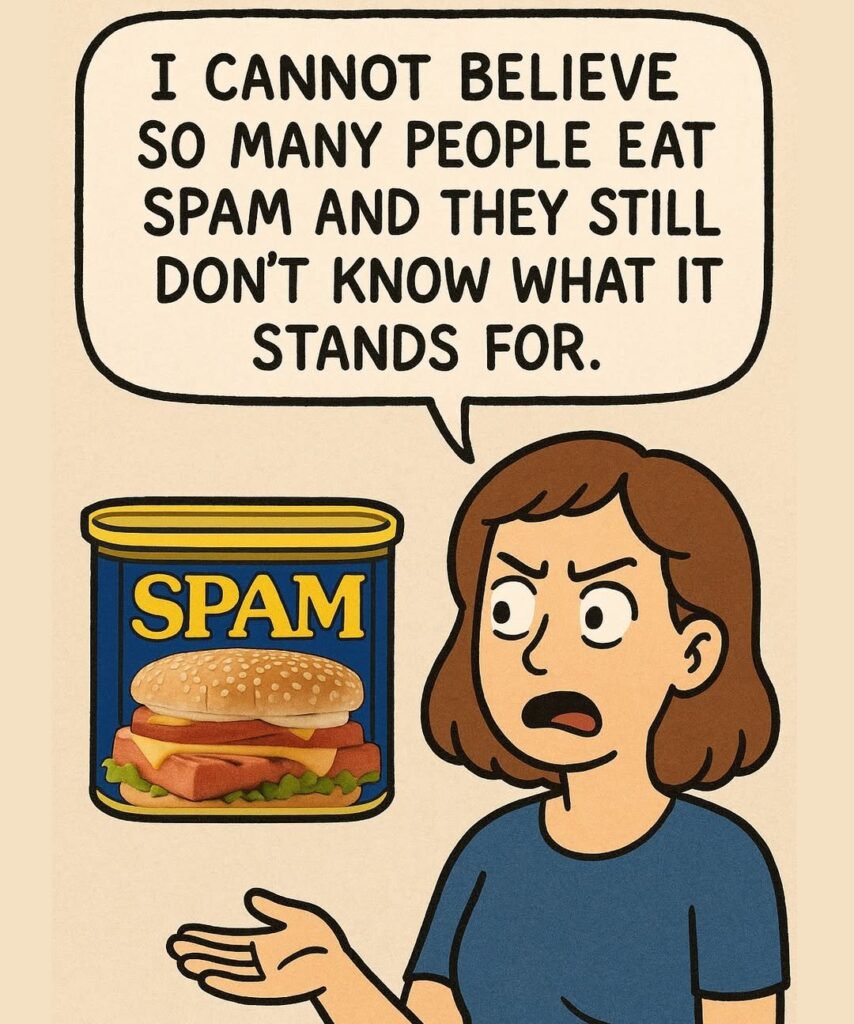
Certainly! Here’s a detailed and unique article titled “And What Is It Made of, Anyway?”, crafted in an informative and engaging way, including a clear, step-by-step breakdown to explain the process of understanding what everyday objects are made of:
“And What Is It Made of, Anyway?”: How to Find Out What Everyday Things Are Made Of – Step by Step
Have you ever held an object in your hand—a plastic cup, a shiny phone case, or a piece of jewelry—and wondered: “And what is it made of, anyway?”
It’s a simple question, but answering it can open the door to understanding quality, safety, sustainability, and value.
From household items to clothing, food packaging to electronics, knowing what things are made of is a powerful skill in today’s world. Here’s a deep dive into how to figure that out—step by step.
Why It Matters to Know What Something Is Made Of
Health & Safety: Is it food-safe, hypoallergenic, or toxic?
Sustainability: Can it be recycled, reused, or composted?
Durability & Quality: Will it last, or break after a few uses?
Cost & Value: Are you paying for plastic or solid metal?
Ethics: Was it made using environmentally responsible or animal-friendly materials?
Step-by-Step Guide to Find Out What Something Is Made Of
Step 1: Examine the Object Visually
Start with your eyes. Look for:
Color: Natural or dyed?
Texture: Smooth, rough, shiny, matte?
Edges: Do they look molded (plastic), woven (fabric), or machined (metal)?
Clues:
Smooth seams = plastic mold
Brushed finish = metal
Grainy patterns = wood or natural materials
Step 2: Feel the Material
Touch tells a lot. Hold it, tap it, press it.
Ask:
Is it heavy or light?
Does it feel cold (like metal) or warm (like fabric or plastic)?
Is it flexible, squishy, or rigid?
Example:
A plastic spoon is lightweight, warm to the touch, and has some give. A stainless steel spoon is heavier, cold, and rigid.
Step 3: Look for Labels or Symbols
Flip the item over or look inside—many objects are marked.
Look for:
Material codes: Like “PP” for polypropylene or “304” for stainless steel.
Recycling symbols: A triangle with a number inside (1–7 for plastics).
Text: “100% cotton,” “Made in China,” “BPA-free,” etc.
Step 4: Smell the Item (If Safe!)
Some materials have a distinct odor:
Plastic often smells like chemicals or petroleum.
Leather smells rich and organic.
Wood has a dry, natural scent.
⚠️ Don’t sniff unknown powders, liquids, or electronics.
Step 5: Perform a Simple Test
With caution, you can do light tests:
Magnet test: Use a fridge magnet. It sticks to iron or steel but not to aluminum or plastic.
Scratch test: Lightly scratch a hidden part with a coin. Does it dent, flake, or stay the same?
Water test: For textiles or wood—does it absorb water or repel it?
Step 6: Research the Item or Brand
If the item has a brand or product name, look it up online. Manufacturers often list the materials in product descriptions or specifications.
Use Google search, or reverse image tools to find more details.
Search like this:
“What is [brand/model] phone case made of?”
“Material of IKEA Bekvam stool”
Step 7: Ask an Expert or Community
When in doubt:
Ask in hardware stores (for building materials).
Post in online forums (Reddit, DIY sites).
Take it to a jeweler (for metal), or a lab (for precise testing).
Bonus: Common Material Types & How to Spot Them
Material Appearance Properties
Plastic Glossy, molded seams Light, flexible, melts with heat
Metal Shiny or matte, cold feel Heavy, conductive, magnetic?
Glass Clear or frosted, fragile Cold, smooth, breakable
Wood Grainy surface, natural smell Light to medium weight, porous
Fabric Woven or knit threads Flexible, warm, absorbent
Ceramic Smooth, glazed, brittle Hard, cold, non-conductive
Rubber Matte or textured, bendy Stretchy, resistant, bouncy
Final Thoughts: From Curiosity to Clarity
Next time you find yourself asking, “What is this made of, anyway?”, you’ll know where to begin. With a few simple steps—observe, touch, test, and research—you can uncover the materials behind the mystery.
Whether you’re buying, recycling, or just satisfying your curiosity, this knowledge helps you make smarter, safer, and more sustainable choices.
Would you like a printable guide or checklist for material identification?